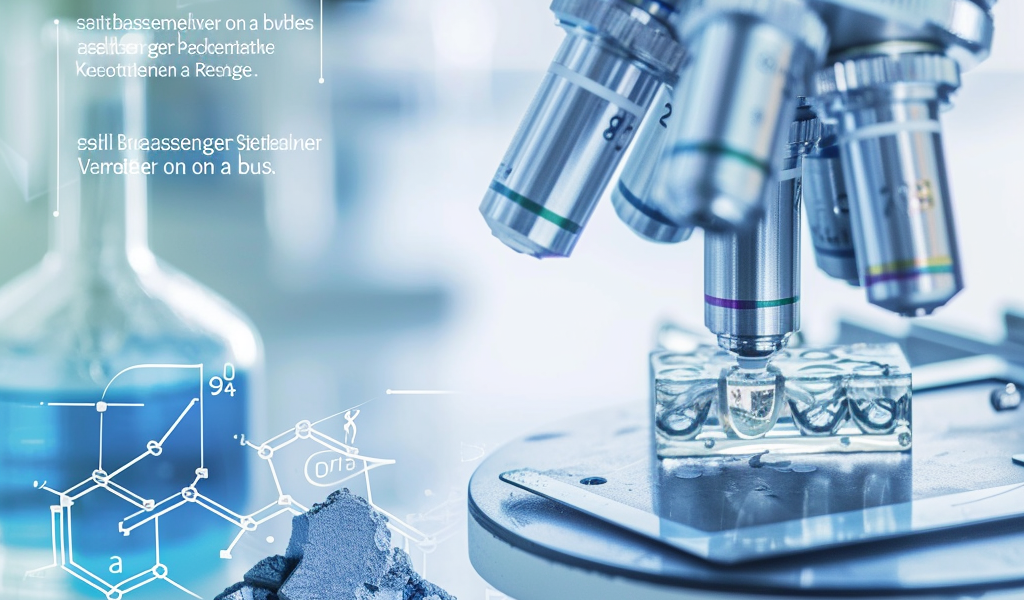In a significant breakthrough in the field of catalysis, researchers from several German institutions have elucidated the mechanism behind the effectiveness of cobalt–manganese catalysts used for hydrogen production through water electrolysis. This discovery, published in the journal Advanced Energy Materials on October 7, 2024, sheds light on the crucial role that manganese plays in enhancing the performance and stability of these catalysts.
Traditionally, catalysts for hydrogen production have relied on precious metals, which are not only expensive but also limited in availability. In contrast, cobalt–manganese catalysts present a cost-effective alternative, exhibiting high activity and long-term stability. The research team, comprising experts from Ruhr University Bochum, the Max Planck Institutes for Sustainable Materials and Chemical Energy Conversion, Forschungszentrum Jülich, and the University of Duisburg-Essen, has focused on understanding why manganese is so vital to the performance of these catalysts.
The process of water electrolysis involves splitting water into hydrogen and oxygen, with the oxygen evolution reaction (OER) being the rate-limiting step. Identifying and optimizing catalysts for this reaction is crucial for improving the efficiency of hydrogen production. While cobalt electrocatalysts with a specific geometric arrangement known as spinel structure have shown promise, their performance has often been hindered by inefficiencies and instability over time. However, the introduction of manganese into these catalysts has proven to enhance their characteristics significantly.
The research team utilized a variety of advanced techniques to investigate the surface reactions occurring on the catalysts during the electrolysis process. Their collaborative efforts within the framework of the Collaborative Research Center 247, which focuses on heterogeneous oxidation catalysis in liquid phases, allowed them to observe the intricate processes taking place at the electrode surface.
Professor Tong Li, who leads the Atomic-Scale Characterization group at Ruhr University Bochum, highlighted the importance of their multi-faceted approach. By combining atomic probe tomography, transmission electron microscopy, X-ray fine structure absorption, and X-ray photoemission spectroscopy, the team was able to gain a comprehensive understanding of the catalyst behavior.
One of the key findings of their research revealed that during the electrolysis reaction, manganese atoms dissolve from the cobalt spinel surface and subsequently redeposit onto it. This dynamic behavior is likened to a passenger on a bus, continuously hopping on and off, which plays a pivotal role in maintaining the catalyst’s activity and stability. The researchers believe that this mechanism not only enhances the efficiency of the catalyst but also contributes to its longevity during prolonged electrolysis operations.
The implications of this research extend beyond just improving hydrogen production methods. As the world increasingly shifts towards sustainable energy solutions, the development of efficient and cost-effective catalysts is essential for advancing green technologies. The findings from this study could pave the way for further innovations in the field of catalysis, potentially leading to more sustainable practices in energy generation and storage.
As the demand for hydrogen as a clean energy source continues to rise, understanding the fundamental mechanisms behind catalyst performance will be crucial for optimizing production methods. This research not only provides insights into the role of manganese in cobalt-based catalysts but also highlights the importance of interdisciplinary collaboration in tackling complex scientific challenges.
In summary, the discovery of the manganese mechanism in cobalt–manganese catalysts marks a significant advancement in the field of electrochemistry and catalysis. By enhancing the understanding of these materials, researchers are taking crucial steps towards developing more efficient and sustainable hydrogen production technologies.





